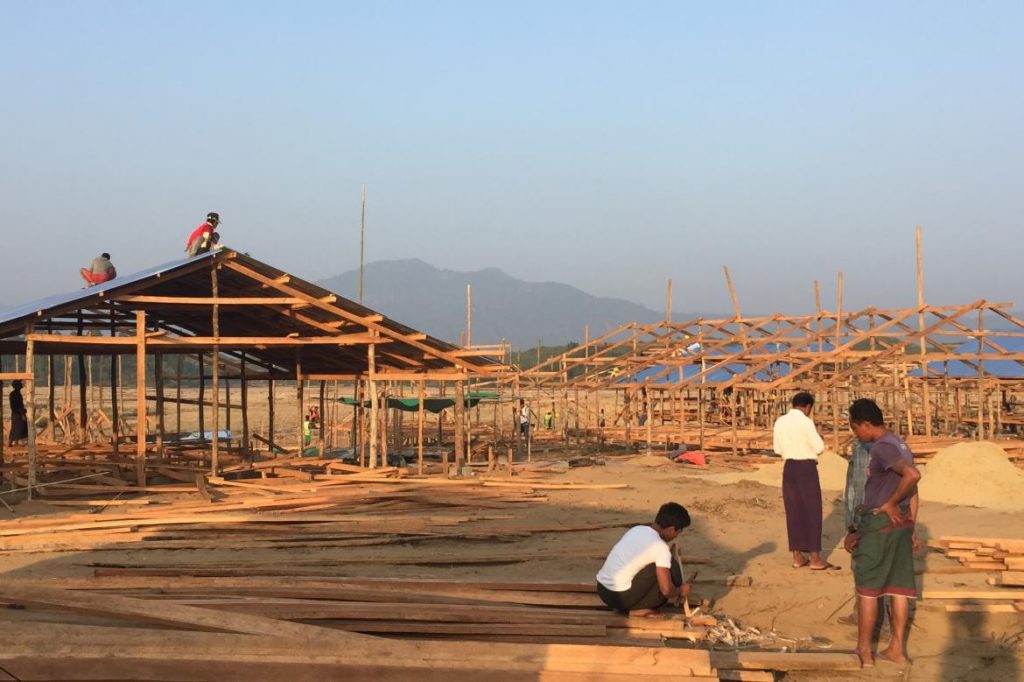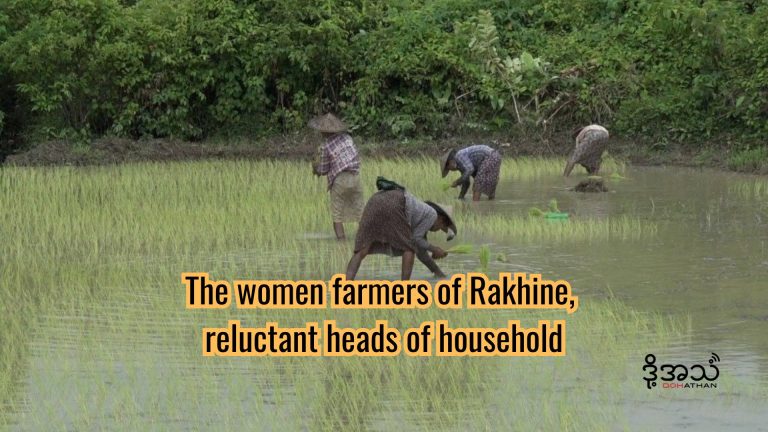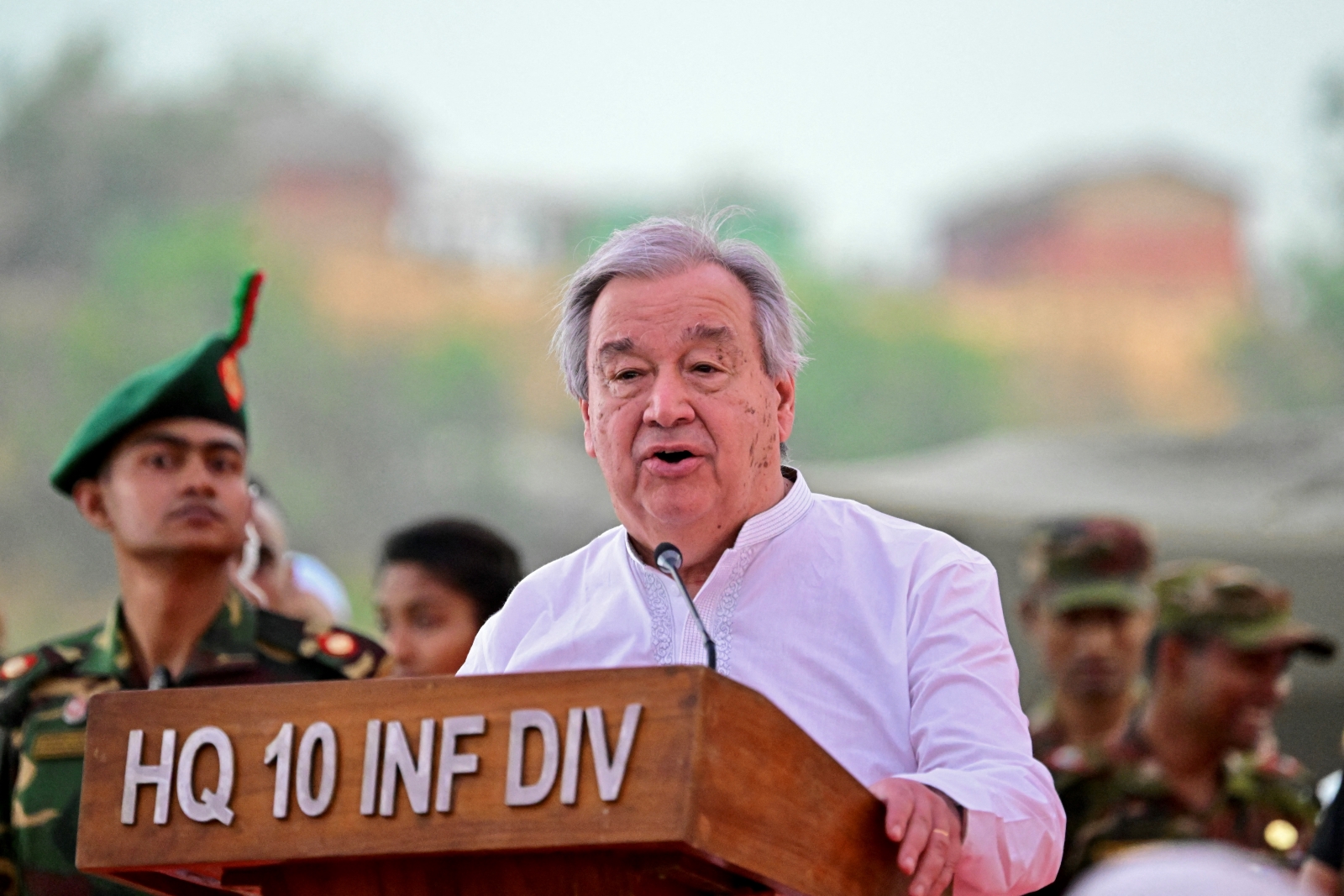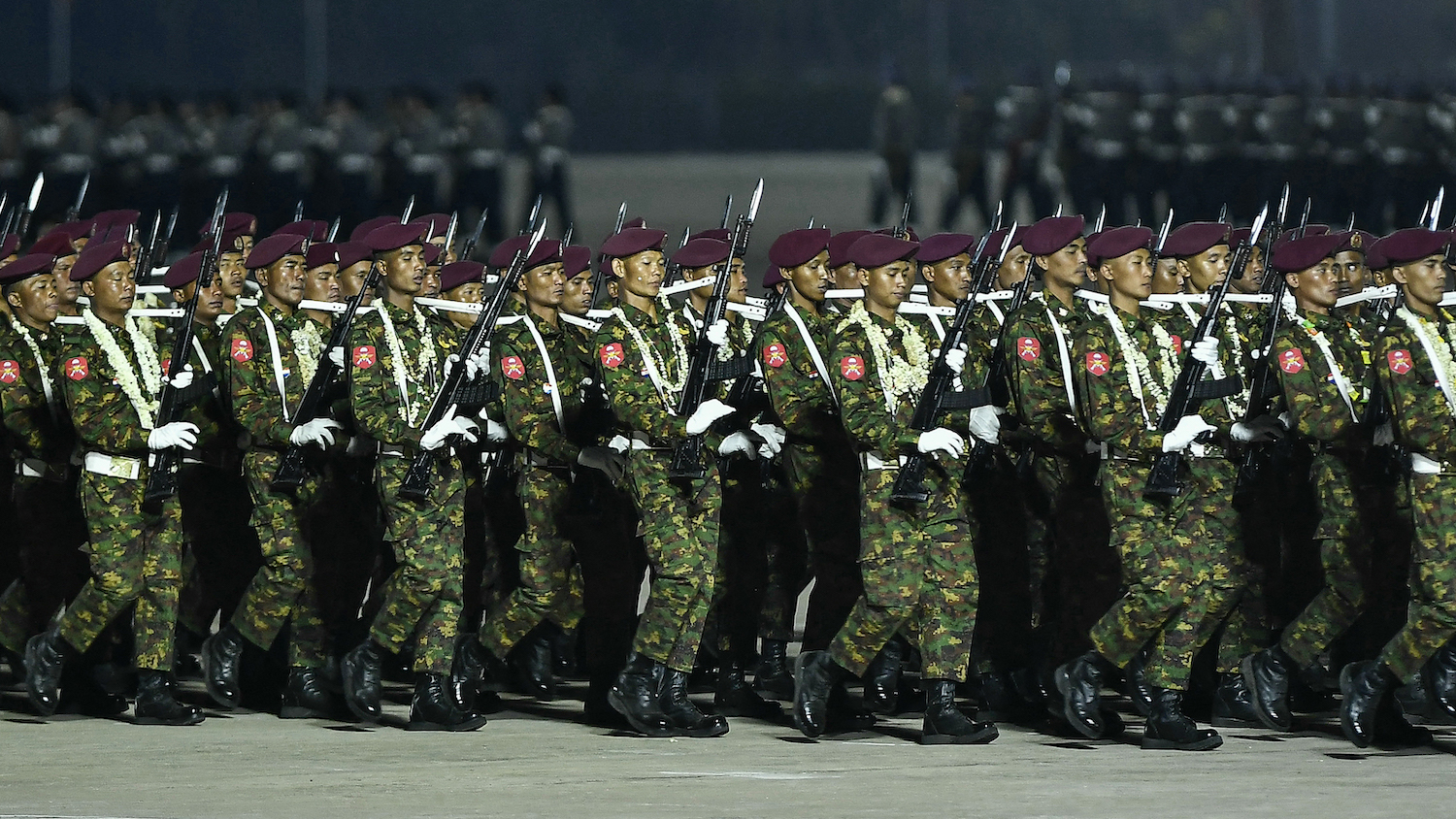Big infrastructure projects in northern Rakhine State will help bring development to the region but little is being done to ensure that returning refugees can support themselves.
By SITHU AUNG MYINT | FRONTIER
UNDEVELOPED Rakhine State is benefitting from some much-needed infrastructure projects.
On April 1, five bridges on a road linking the capital, Sittwe, with Maungdaw, via Ponnagyun, Rathedaung and Buthidaung, were officially opened simultaneously. On the same day, a powerline connecting Ponnagyun and Rathedaung was switched on.
They are the latest projects in the government’s development plans for Rakhine and are in line with recommendations made by the advisory commission headed by former United Nations secretary-general, Mr Kofi Annan.
The development projects are seen as helping to ease tensions in Rakhine, where a poverty rate of 78 percent is nearly double the national figure.
Support more independent journalism like this. Sign up to be a Frontier member.
While work is proceeding on these projects, it is timely to focus on what the government is doing about the agreement with Dhaka to resettle the Muslims who have fled to Bangladesh.
Since November 2017, huge conglomerate Asia World has been upgrading the road linking Angumaw, on the peninsula at the southern tip of Rathedaung Township, with Maungdaw, a distance of about 50 miles (80 kilometres).
The project, being carried out as part of the public-private Union Enterprise for Humanitarian Assistance, Resettlement and Development in Rakhine State, is expected to cut the road travel time from Angumaw to Maungdaw from 5.5 hours to about one hour. A connecting road is also being built across the Mayu ranges and along it and a road that leads to northern Rakhine, Myanma Posts and Telecommunications is installing poles to expand and improve communications in the area.
The government has also been busy building reception centres in Maungdaw Township for returnees from Bangladesh. They are at Taung Pyo Let Wae, for those returning by land, and at Ngakhuya village, for those returning by boat across the Naf River.
Work on a temporary holding camp at Hla Po Khaung, which covers 124 acres (about 50 hectares) and will be able to accommodate 30,000 people, is almost complete.
However, the Muslims who fled to Bangladesh are yet to begin returning.
The United Nations says more than 680,000 people fled to Bangladesh during the violence that followed attacks by Muslim extremists in northern Rakhine late last August. They joined more than 200,000 refugees from earlier violence.
Out of an estimated Muslim population in Maungdaw District of more than one million, about 535,000 fled to Bangladesh between August and March, said U Tin Maung Swe, secretary of the Rakhine State government.
The Union government has said that the Taung Pyo Let Wae and Ngakhuya reception centres could each process about 150 verified Muslims a day, or about 1,050 returnees every seven working days. At the daily rate, that’s 54,750 a year, or a total of just under 110,000.
If processing was maintained at such a rate, it would take more than 4.5 years to process 500,000 returnees, and more than six years to process 700,000.
Myanmar and Bangladesh reached a repatriation agreement last November and agreed at subsequent talks in January that the process would be completed within two years. The agreement applies only to Muslims who fled Rakhine after violence in October 2016 and last August.
A challenging issue will be the food and shelter needed by returnees. Of the Muslim homes in Maungdaw Township, about 33,000, or 65 percent, were destroyed by arson attacks after August 25 last year. In Buthidaung, 2,600 homes, or about nine percent, were burned down. None of the torched houses have been rebuilt.
The government has been clearing areas where houses have been burned. The clearance work is thorough and after the land is cleared it is graded by heavy earthmoving equipment.
The Minister of Social Welfare, Relief and Resettlement, Dr Win Myat Aye, who noted last September that burnt land reverted to government ownership, has said the clearance work was being conducted so that returnees could be resettled systematically.
However, some Rakhine State government officials have said that returnees will not be settled in or near their former villages.
Returnees will also face big challenges supporting themselves. Most Muslims living in northern Rakhine have been unable to work as fishermen or farmers since last August because of the loss of their boats or farming tools. They rely on aid from organisations such as the UN World Food Programme.
If all of the more than 700,000 Muslims who have fled to Bangladesh since October 2016 decide to return, providing them with food and shelter will be an enormous task.
A review of the government’s performance raises doubts about its commitment to implement the repatriation agreement and to provide any returnees with a means of supporting themselves.







